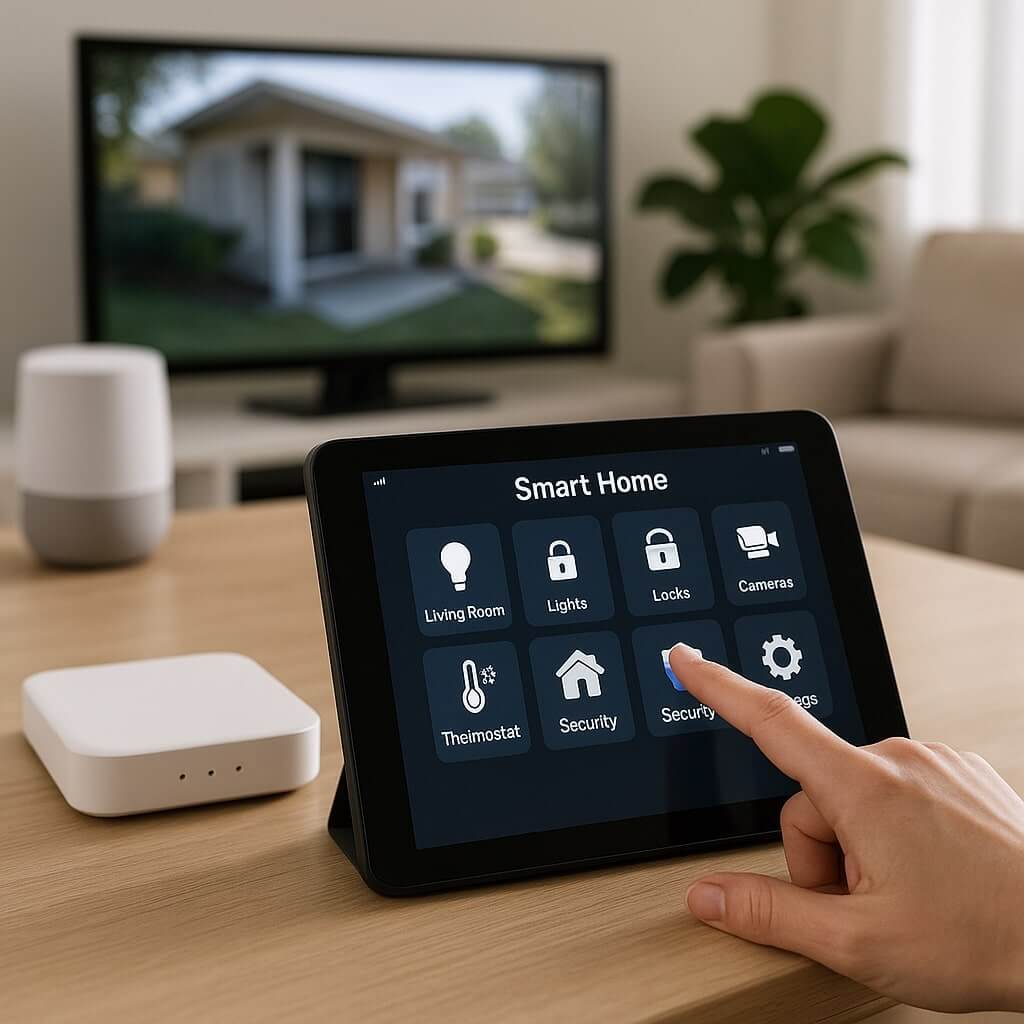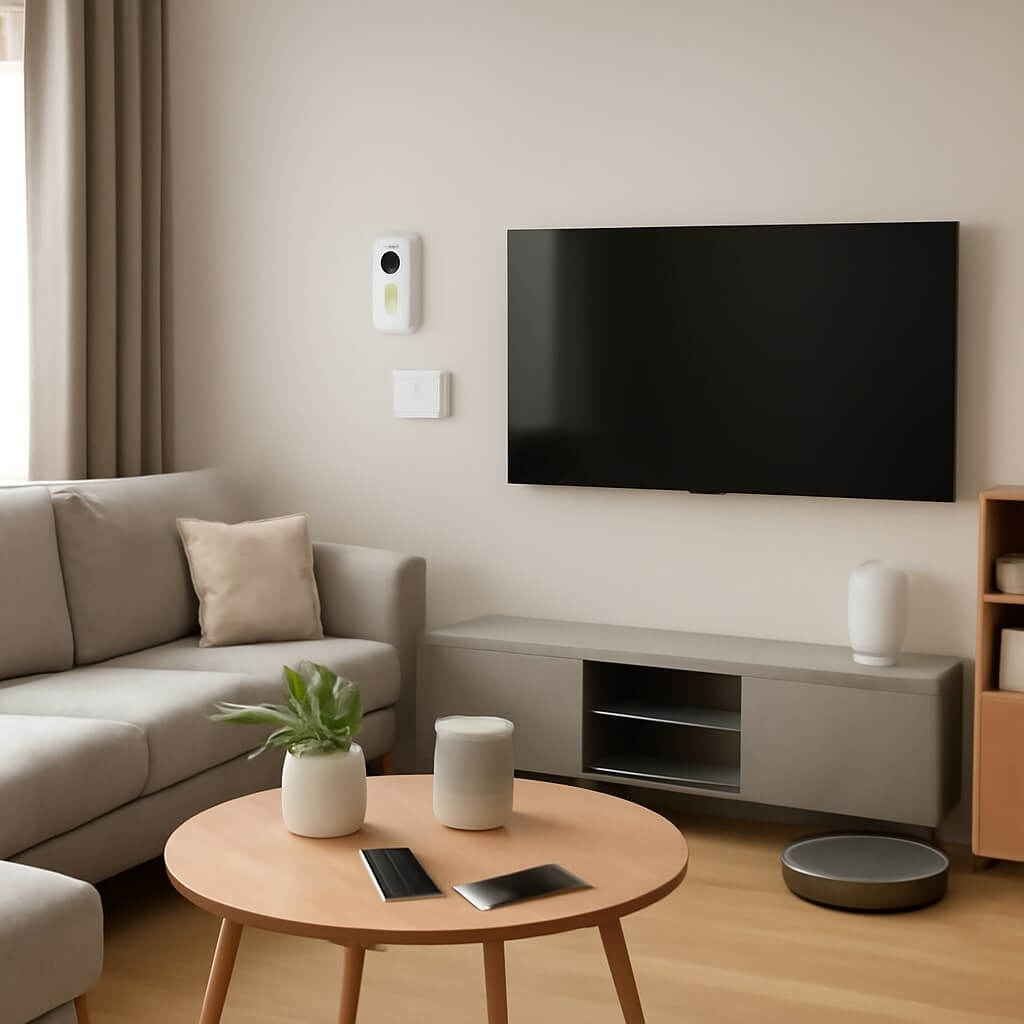As the demand for smarter homes continues to rise, the integration of devices and platforms that can enhance home automation becomes essential. Samsung SmartThings and Home Assistant are two of the most popular smart home platforms today, each offering a variety of functionalities to automate and control your home. This comprehensive guide will walk you through the process of integrating Samsung SmartThings with Home Assistant, allowing you to create a seamless and intelligent smart home experience.
What is Samsung SmartThings?

Samsung SmartThings is a powerful home automation platform that allows users to control a wide range of smart devices from various manufacturers. It serves as a central hub for managing everything from lights and thermostats to security cameras and door locks. SmartThings is known for its compatibility with a wide array of smart devices and its easy-to-use app interface.
What is Home Assistant?
Home Assistant is an open-source platform that provides users with full control over their smart home. Unlike other platforms, Home Assistant runs locally on your server or Raspberry Pi, which offers enhanced privacy and customization options. It supports a broad range of integrations with different devices, making it an ideal choice for users looking for a flexible and powerful home automation system.
Why Integrate Samsung SmartThings with Home Assistant?
Integrating Samsung SmartThings with Home Assistant allows you to combine the benefits of both platforms. SmartThings brings ease of use and wide device compatibility, while Home Assistant offers advanced customization and local control. This integration lets you automate tasks, control devices, and even set up complex routines for an optimized smart home experience.
Step-by-Step Guide to Integrating Samsung SmartThings with Home Assistant

Prerequisites
Before you start, ensure that you have the following:
- A Samsung SmartThings hub.
- A Home Assistant instance set up (e.g., on a Raspberry Pi or a server).
- A stable internet connection for both systems.
Step 1: Set Up SmartThings
To begin, set up your Samsung SmartThings hub and connect all your smart devices to it using the SmartThings app. This is where all your smart devices will be centralized.
Step 2: Enable the SmartThings Integration in Home Assistant
- Open your Home Assistant dashboard.
- Navigate to Configuration > Integrations.
- Click the + button to add a new integration.
- Search for “SmartThings” in the search bar and select it.
- You will be prompted to sign in with your SmartThings account credentials. Enter your credentials to allow Home Assistant to connect with your SmartThings hub.
- Once authenticated, select the SmartThings hub you want to integrate and confirm the connection.
Step 3: Sync Your Devices
After the integration is complete, Home Assistant will automatically import all the devices connected to your SmartThings hub. These devices will now be available in your Home Assistant dashboard, where you can control them directly.
Step 4: Configure Automations and Scenes
Now that your devices are synced, you can create automations and scenes to control your smart devices more effectively. For example, you can set up an automation that turns on the lights and adjusts the thermostat when you arrive home. You can also create scenes for specific activities, like movie night, where the lights dim and the TV turns on.
Step 5: Monitor and Control from Home Assistant
Once integrated, you can use Home Assistant’s interface to control all your SmartThings devices. You can also access advanced features such as voice control, notifications, and data logging.
Benefits of Integrating Samsung SmartThings with Home Assistant

1. Enhanced Control
Home Assistant allows for deeper control over your devices compared to the SmartThings app, including the ability to create complex automations, control devices via voice assistants, and monitor your smart home from anywhere.
2. Increased Privacy
With Home Assistant running locally, your data stays private, unlike cloud-based systems like SmartThings that may send data to external servers.
3. Customization
Home Assistant’s open-source nature allows for custom components and integrations, giving you full control over your smart home setup.
4. Expanded Device Compatibility
By combining SmartThings and Home Assistant, you gain access to a wide range of devices from both ecosystems, ensuring compatibility with more smart home gadgets.
5. Flexibility
Home Assistant supports a variety of advanced features like scripting, templating, and MQTT support, which are ideal for tech-savvy users looking to fully customize their home automation experience.
Common Troubleshooting Tips
1. Devices Not Showing Up
If some of your SmartThings devices are not appearing in Home Assistant, try restarting both your SmartThings hub and Home Assistant instance. Also, make sure the integration is properly set up and that there is no interference with other connected platforms.
2. Slow Response Times
If you notice slow response times when controlling devices, check your network stability. Ensure that both your SmartThings hub and Home Assistant are on the same local network.
3. Failed Automations
If your automations are not triggering as expected, verify the conditions and triggers are correctly set up in Home Assistant. Make sure that the devices involved are correctly configured and accessible.
4. Reintegration Issues
If you run into issues with reintegrating the SmartThings hub after disconnecting, remove the existing SmartThings integration from Home Assistant and re-add it following the steps outlined above.
FAQ
Yes, you can control your SmartThings devices using voice assistants like Google Assistant or Amazon Alexa, once they are integrated into Home Assistant.
Yes, a SmartThings hub is necessary to connect and control SmartThings devices through Home Assistant.
Yes, both SmartThings and Home Assistant are free to use. There may be some optional paid features for advanced integrations or cloud services, but the basic integration is free.
Yes, Home Assistant supports a wide range of devices beyond SmartThings, allowing you to integrate numerous third-party smart home products.
You can control a wide variety of SmartThings-compatible devices such as lights, thermostats, cameras, motion sensors, locks, and more.
Conclusion
Integrating Samsung SmartThings with Home Assistant unlocks a world of possibilities for automating and controlling your smart home. By following the steps outlined in this guide, you can create a seamless, customized smart home experience. Whether you’re looking to enhance your control over devices, ensure greater privacy, or enjoy the flexibility of an open-source platform, this integration offers something for everyone. With the power of both platforms combined, your home automation journey will be smarter and more efficient than ever before.




